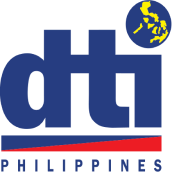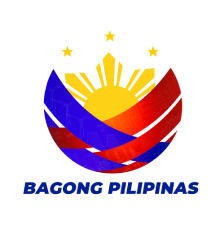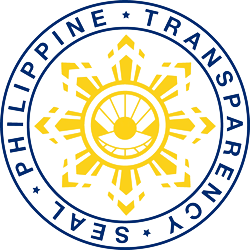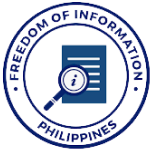Overview of ACFTA Agenda
Trade Growth
ACFTA, launched in 2010, marked the first free trade agreement between ASEAN and China, laying a foundation for strengthened economic ties and trade growth between the two sides. Both the ASEAN and Chinese governments aim for ACFTA to enhance market access, reduce trade barriers, and create a competitive environment that supports the growth and resilience of all participating countries.
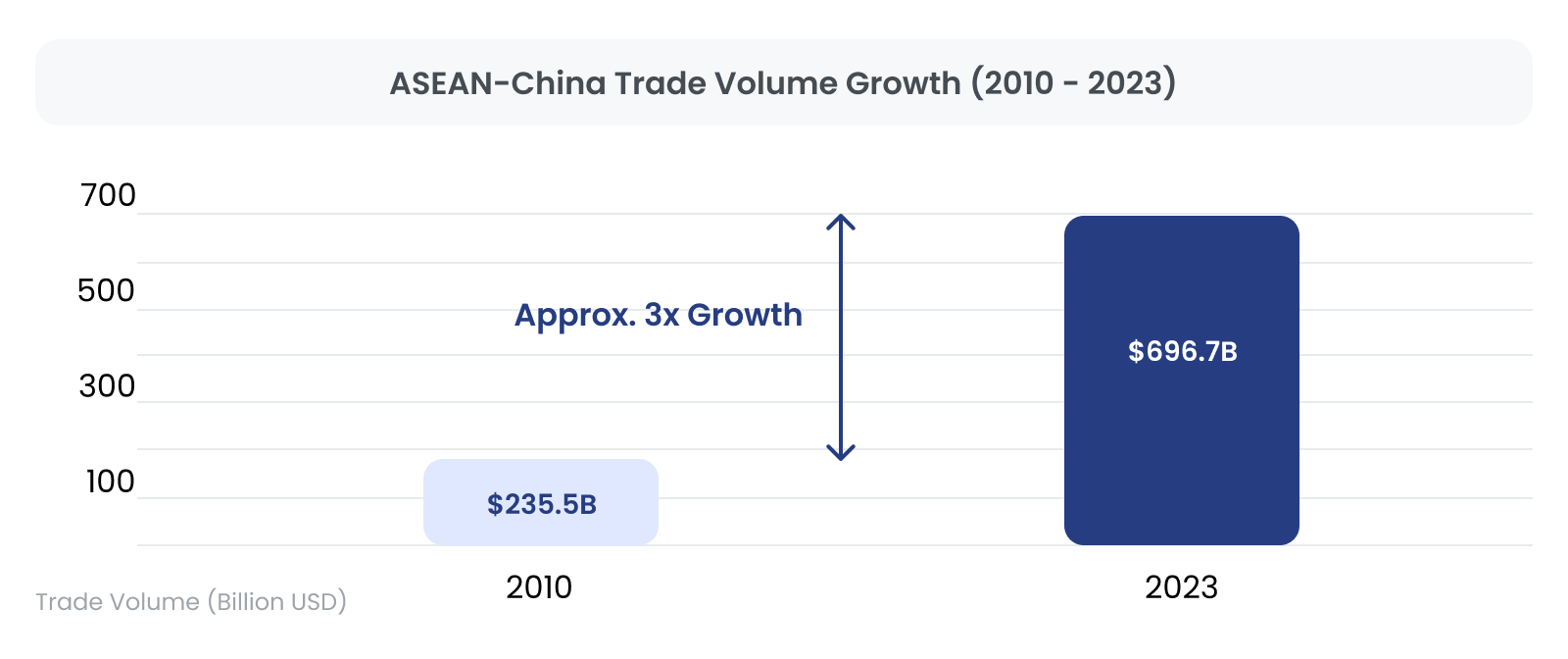
Importance of
Recent Upgrades
-
Type1
Digital Economy
-
Type2
Green Economy
-
Type3
Supply Chain Connectivity
-
Type4
Support for SMEs
Following two years of in-depth negotiations, ACFTA’s upcoming upgrade reflects an ongoing commitment to open trade, especially crucial in today’s protectionist climate. By advancing and enhancing this agreement, ASEAN and China underscore the vital role of free trade in fostering stability and economic growth. This upgrade responds to an evolving global economy by incorporating policies on digital and green economies. By setting new standards and improving rules in these areas, the agreement aims to support economic innovation, address sustainability challenges, and ensure the region remains competitive on a global scale.
The upgraded ACFTA aims to enhance digital trade frameworks and adjust regulations to bolster business competitiveness, making cross-border digital transactions more streamlined and secure.
Recognizing the urgency of sustainable development, the agreement includes frameworks for environmental collaboration, setting the stage for cooperation in renewable energy and eco-friendly initiatives across the region.
Strengthened policies on supply chain connectivity are included to boost resilience, ensuring that global trade networks can withstand disruptions and facilitate efficient cross-border logistics.
To foster inclusive growth, the ACFTA upgrade will improve market access for small and medium-sized enterprises, enhancing protections for consumers and allowing smaller companies to participate more fully in the regional economy.
Future Prospects and Cooperation Measures
Clean energy collaboration with China’s technology provides ASEAN countries a pathway to accelerate the transition to low-carbon fuels, contributing to both economic and environmental goals.
In sectors like energy, the development of ASEAN Power Grids will allow for greater efficiency through shared expertise, positioning the region as a leader in sustainable energy.
Recognizing the importance of maintaining peace, ASEAN and China emphasize the need for continued dialogue, particularly regarding the South China Sea, to promote a stable and cooperative regional environment.

